Ask a Stager: How can I manage client belongings when preparing a house to sell?
Welcome to Ask A Stager, your regular staging advice column designed exclusively for real estate professionals. Whether you’re grappling with how to enhance the visual appeal of your listings or seeking innovative strategies to captivate your target audience, you’ve come to the right place. Ask A Stager offers you the opportunity to pose any and all staging-related questions and receive expert advice, for free.
No query is too big or small — if it’s about elevating the look of your real estate, we want to hear it and we want to help! Email your questions to ninadoiron@isodesign.ca
As a home stager, one of the most frequently asked questions I get is, “What do I do with my stuff?” The truth is, when preparing a house to sell, managing client belongings can be a daunting task. This part of the process can feel overwhelming. It’s often a balancing act to ensure that the house is the star while not offending the client with the suggestion of removing their treasures.
From decluttering to storage solutions, it’s crucial to have a plan in place to ensure the home is presented in the best possible light. Here, we’ll explore seven solutions for successfully handling client belongings during the pre-sell preparation process.
1. Declutter
The most important step is to have clients declutter each room to create a clean and spacious environment. Encourage them to pack away personal items, knick-knacks and excess furniture to showcase the home’s full potential.
You can help clients compartmentalize this process by providing a specific plan for four zones: 1. Keep 2. Donate 3. Sell 4. Trash.
Offering a visual solution such as marking items with a small piece of removable tape will help them remember what needs to go and what can stay. While this is often the most difficult step, it’s also one that clients find most satisfying once completed. “Why didn’t I do this sooner?” is a remark that I often hear.
2. Rent a storage unit

When clients feel overwhelmed and are concerned that they need to get rid of their “stuff”, remind them that this process is only temporary and it will all be carefully stored and ready to be transported to their new home. Ask them to consider renting storage space to temporarily store personal belongings during the selling process.
I recommend placing a storage pod on their driveway, allowing them to load items easily without the need to rent a large vehicle and make multiple trips. Making the process easy for clients will go a long way in minimizing their stress and will allow for a clutter-free home which will give buyers a better sense of the space. If they prefer to easily access these items or wish to bring them back once the house is sold, a storage unit may be more feasible.
3. Host a garage sale
It’s garage sale season! Recommend a garage sale to sell unwanted items and declutter their home. If the client is downsizing and has a lot of items that they will no longer want or need, suggest an online auction like MaxSold, which is the easiest and quickest way to sell a lot of items in a secure and efficient manner.
Suggest that anything that is not sold be donated and not brought back into the home. This will save on the cost of moving unwanted items to their new home.
4. Donate unwanted items
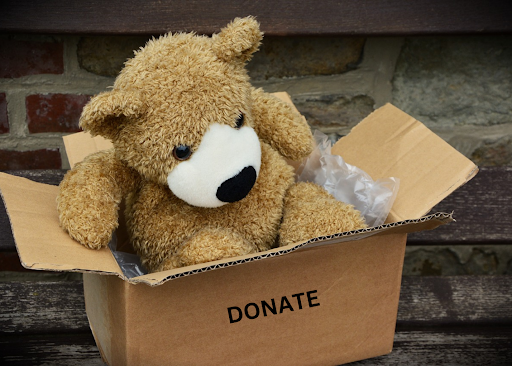
Encourage clients to donate gently used items to local charitable organizations. Not only will this help those in need, but it also reduces the amount of clutter in the home. Here is a list of places to donate to:
- Furniture Bank — accepts furniture, appliances and household items. They pick up for a fee but will offer a tax receipt for the items.
- Canadian Diabetes Clothesline program — accepts clothes, small appliances and household items. They will pick up for free.
- Habitat ReStore — accepts furniture, appliances and household items. They will pick up for free.
- Women’s/family shelters — generally accept clothes, small appliances and household items. Drop-off is required.
- Second Life Books (North York, Ontario) – accepts all types of books. They offer free pick-up.
5. Pack early

Advise clients to start packing non-essential items early in the selling process. If it’s the spring season, pack up all winter items. If it’s the fall/winter season, pack up all summer items.
I recommend clients keep 3-4 months’ worth of clothing and belongings, and the rest can be packed up. This allows them to gradually declutter and makes moving day a lot less overwhelming.
6. Utilize in-home storage
Maximize storage by organizing existing spaces such as cold cellars, under-stairs storage and the garage. Install shelving or wall-mounted organizers to utilize the vertical space of these areas.
This helps to keep items off the floor and creates a more organized environment, while still allowing buyers to see and inspect the space. Your clients can use these same vertical storage solutions to organize their new homes.
7. Hire a professional organizer
For clients overwhelmed by the decluttering process, recommend that they hire a professional organizing service. Professional organizers can offer expert advice, create customized storage solutions and streamline the packing process. Using the services of a professional organizer or move manager will mean one less thing for clients to worry about.
Managing client belongings when preparing a house to sell requires sensitive and careful planning and organization. By implementing these solutions, you can help clients effectively and efficiently declutter their homes to present them in the best possible light to potential buyers. Everyone is happier when the home sells quickly and for top dollar.
Got home staging questions for a future column? Submit them to ninadoiron@isodesign.ca
Categories
Recent Posts

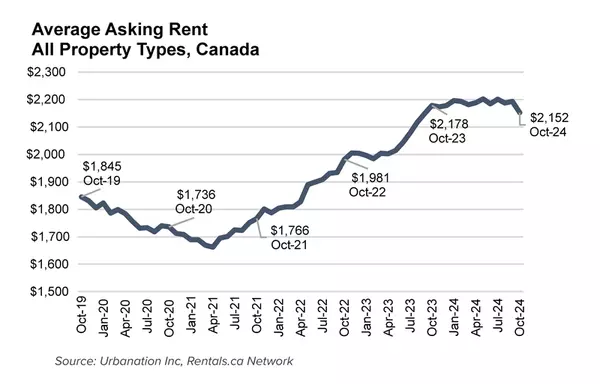

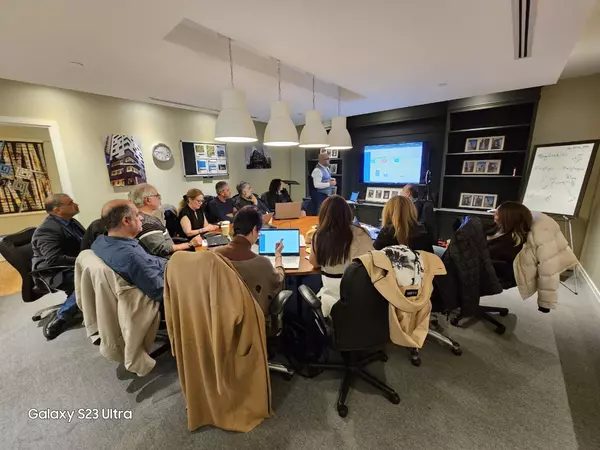


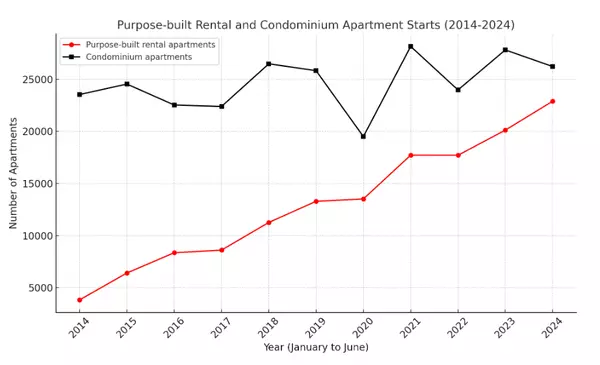


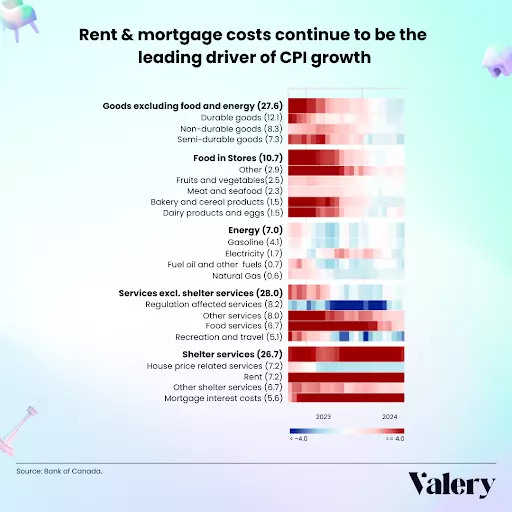
GET MORE INFORMATION


